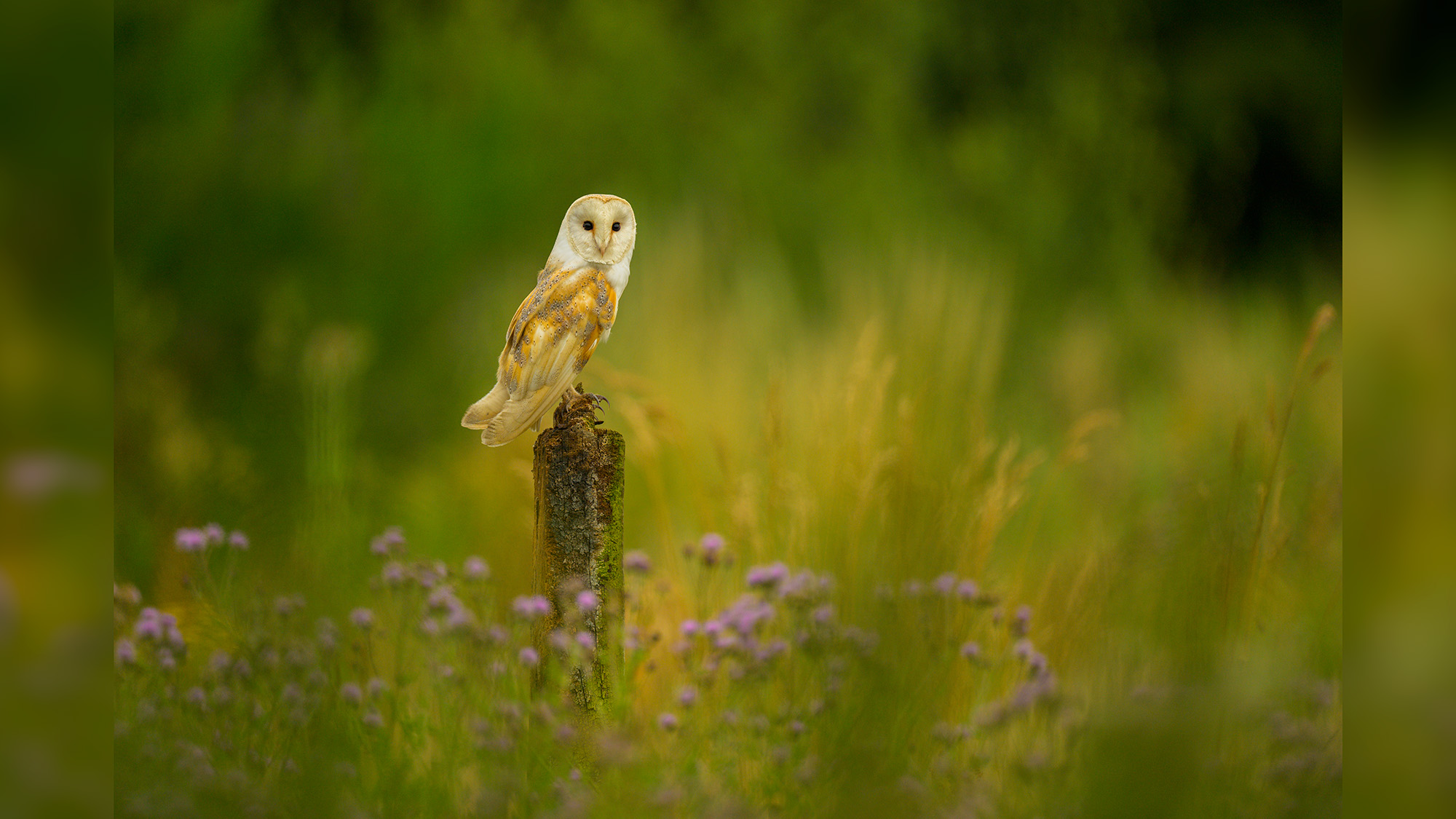
Barn owls are one of five species of owl that are resident in the United Kingdom and are active throughout the year, but these incredible birds can be found in many countries across the world. Watching one silently quarter a meadow at dusk or dawn as it hunts for food is an incredible experience.
With their heart-shaped faces and pale feathers, they are beautiful birds and one of my favorite subjects to photograph. Whether or not you have the best camera for wildlife photography, here's how you can find and photograph them too.
1. Find the right location
Barn owls inhabit lowlands throughout the UK. They each have a well-defined home range and, provided they are not disturbed, they tend to hunt in a fairly predictable manner. Spend time watching their behavior and you may also find that they favor certain perches, such as posts and branches.
2. Rise early, stay up late
The best time to photograph these crepuscular predators is at dawn and dusk. Their activity can correspond with the golden hour, when the light can make for spectacular backlit images of these ghostly white subjects. Head out early and stay out late to make the most of this lighting.
3. Check the weather
Barn owls prefer not to hunt in very rainy or windy conditions; their feathers are very soft – for silent flight – and are not very waterproof. Following periods of prolonged wet or windy weather, hungry birds may be forced to hunt during daylight hours, giving more opportunities to photograph them.
4. Fieldcraft and ethics
Barn owls have exceptional hearing that they use to find small mammals. Their vision is highly movement-sensitive and they will notice anything that moves. Never chase a subject. Keep still and silent and a barn owl will usually ignore you.
5. Camera settings
I used a 600mm f/4 lens with the aperture wide open. Even with my tripod and gimbal head, I used a shutter speed of 1/1000 sec to avoid camera shake (up to 1/4000 sec for in-flight images). My Nikon Z9's AF Subject Detection was set to Birds (AF-C) with 20fps burst mode, ready for when the owl took off.
6. Choose the right focus mode
If your camera doesn't have AF Subject Detection, you can use your preferred AF Area Mode. Dynamic-area AF, Group AF and good old single-point AF are all fantastic options that have served wildlife photographers for years.
If you're barmy for barn owls, you may also be interested in the best spotting scopes and the best bird feeder camera.







